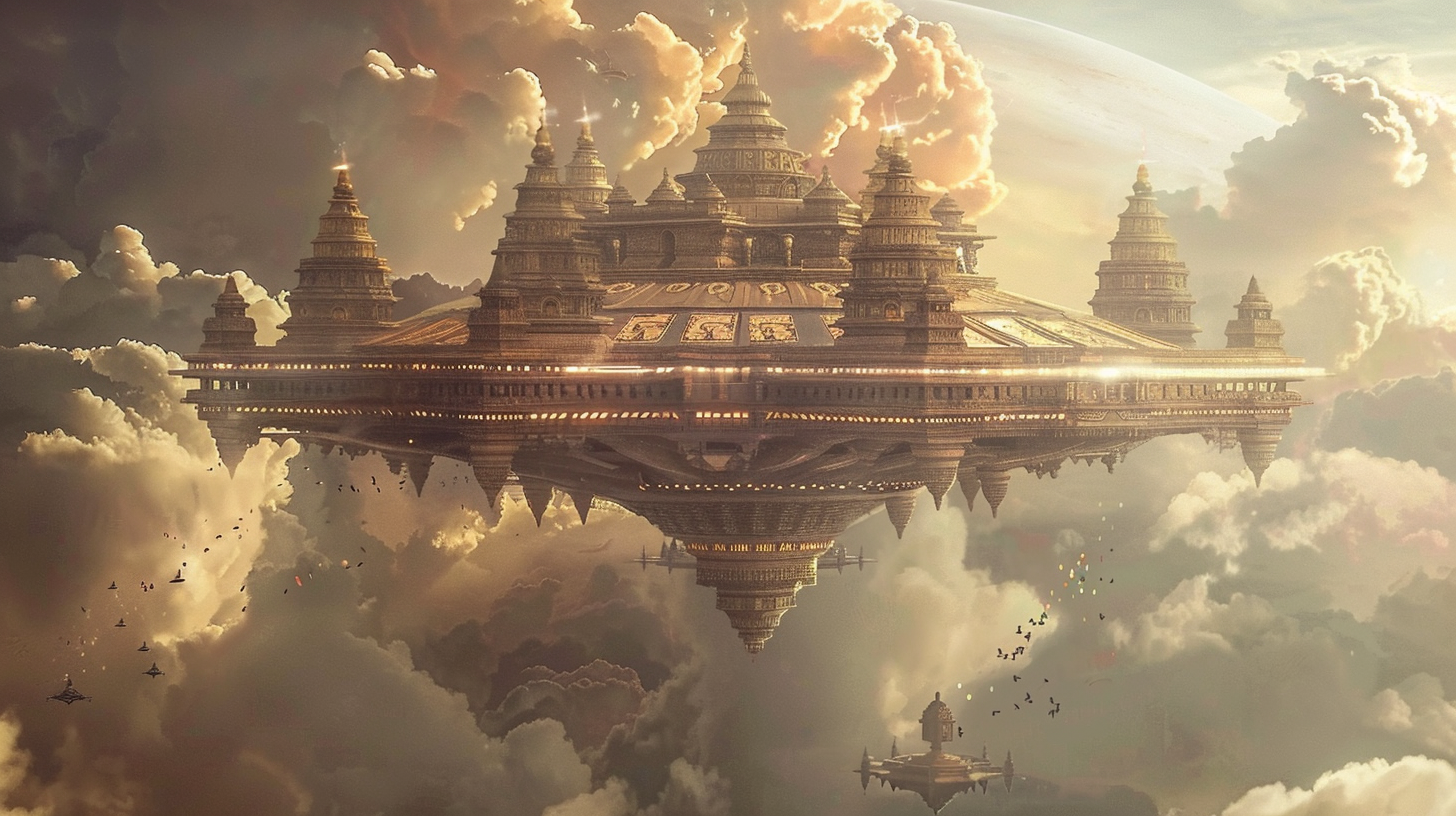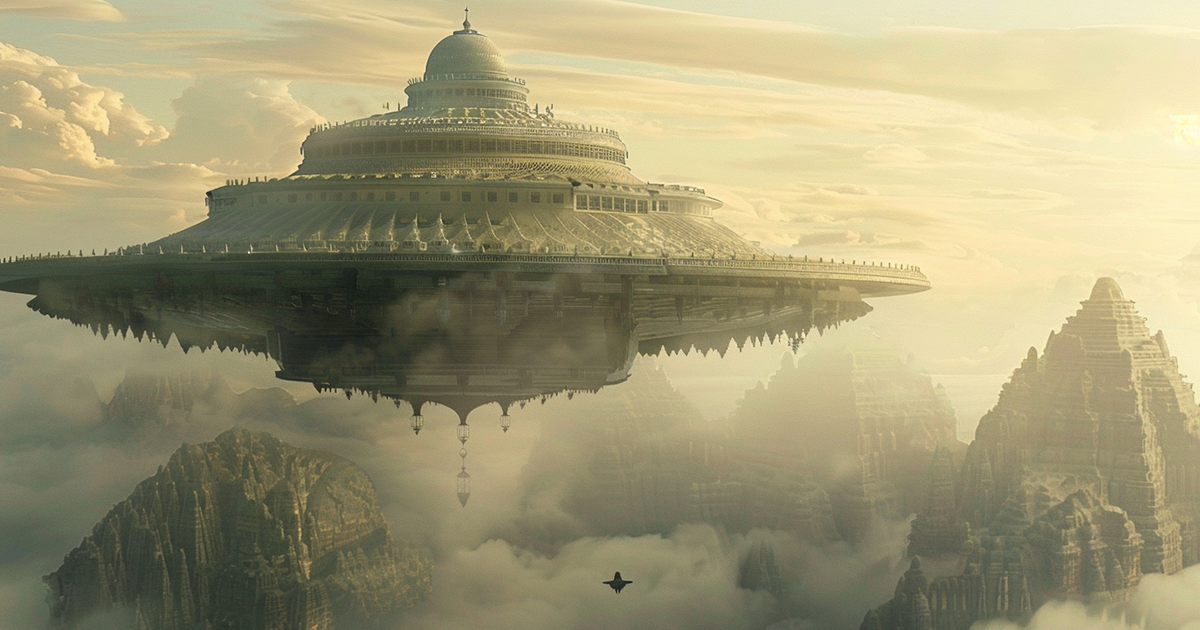Across different eras, minds have been captivated by the enigmatic tale of Pushpaka Vimana, an extraordinary airborne abode mentioned in ancient scriptures. Described as a lavish flying chariot that soared through the skies, its connection to contemporary UFO sightings sparks curious questions about ancient progress and potential encounters with extraterrestrial beings.
Rooted in Hindu mythology, Pushpaka Vimana is closely linked to the epic saga Ramayana, portraying it as the celestial conveyance of the demon king Ravana. Allegedly crafted by the divine architect Vishwakarma, this splendid flying palace is depicted as a sight of unmatched splendor and richness, embellished with intricate designs and precious gems.
What distinguishes Pushpaka Vimana is its striking similarity to modern depictions of UFOs. Witnesses of UFO phenomena often recount similar characteristics – a circular vessel with the ability to hover and swiftly move, sometimes accompanied by peculiar lights and otherworldly apparitions.

The parallels between Pushpaka Vimana and contemporary UFO sightings have sparked conjecture about the origins of such phenomena. Is it plausible that ancient societies possessed knowledge of advanced aerial technologies, possibly interacting with beings from distant galaxies? Or does this narrative merely symbolize philosophical reflections on spiritual beliefs and cosmic phenomena?
One theory suggests that Pushpaka Vimana might have been inspired by real encounters with sophisticated machinery. Advocates of this notion highlight the resemblance between the descriptions of Pushpaka Vimana and reports of flying vehicles unearthed in various ancient civilizations globally, hinting at a potential shared cultural awareness of extraterrestrial contact.
Conversely, another perspective proposes that Pushpaka Vimana could represent humanity’s inherent pursuit of advancement and exploration. From this vantage point, the legend of Pushpaka Vimana symbolically embodies human desires for enlightenment and knowledge, transcending earthly boundaries and aspiring to celestial realms.
Whether perceived as a factual record of advanced technologies or a symbolic portrayal of human ambitions, the narrative of Pushpaka Vimana endures as a wellspring of fascination and motivation. It stimulates contemplation on the enigmas of the cosmos and our position within it, urging reflections on the boundless opportunities awaiting those bold enough to envision and venture into the uncharted territories.
